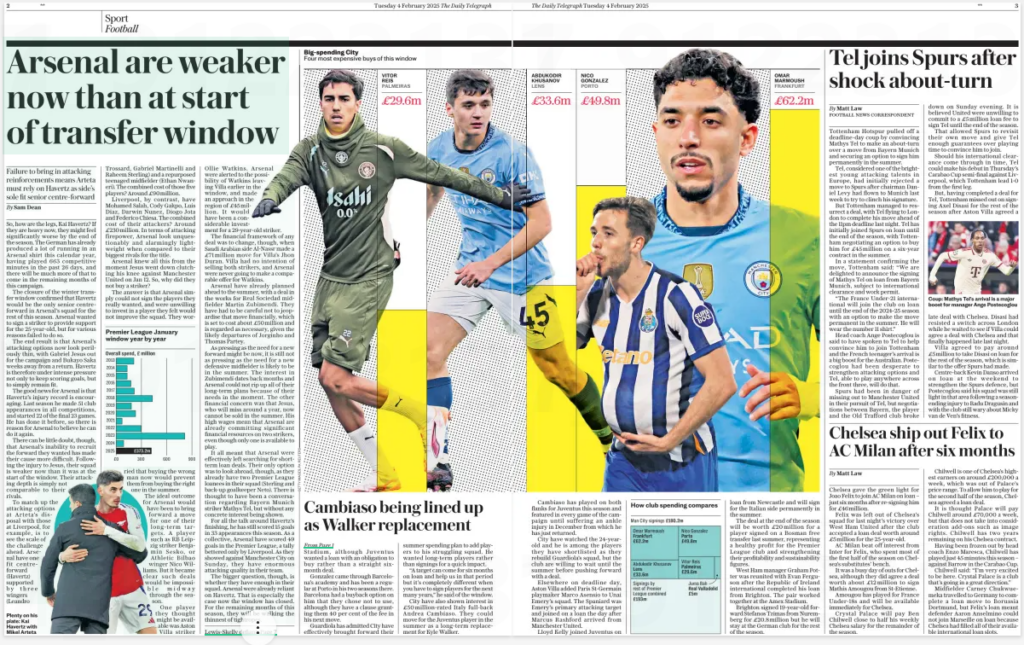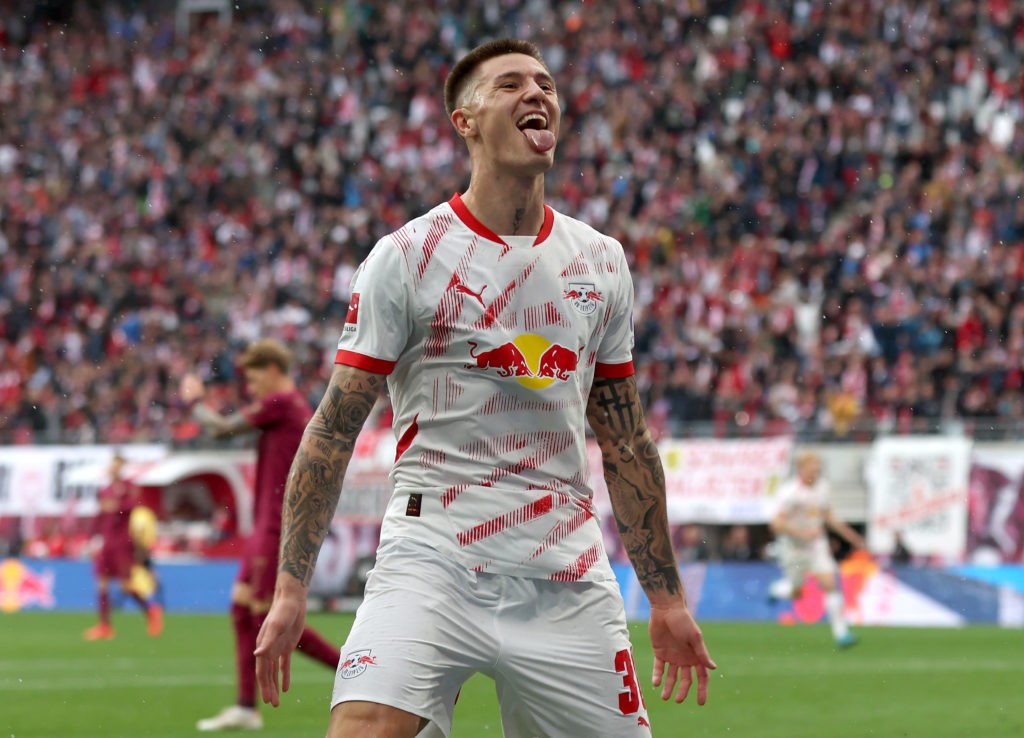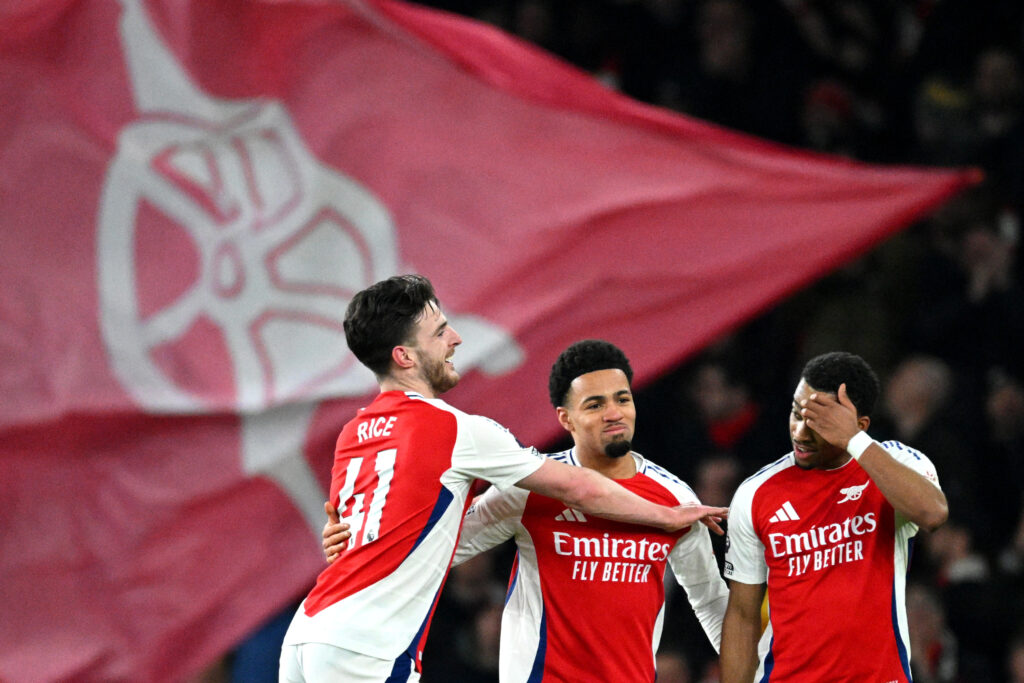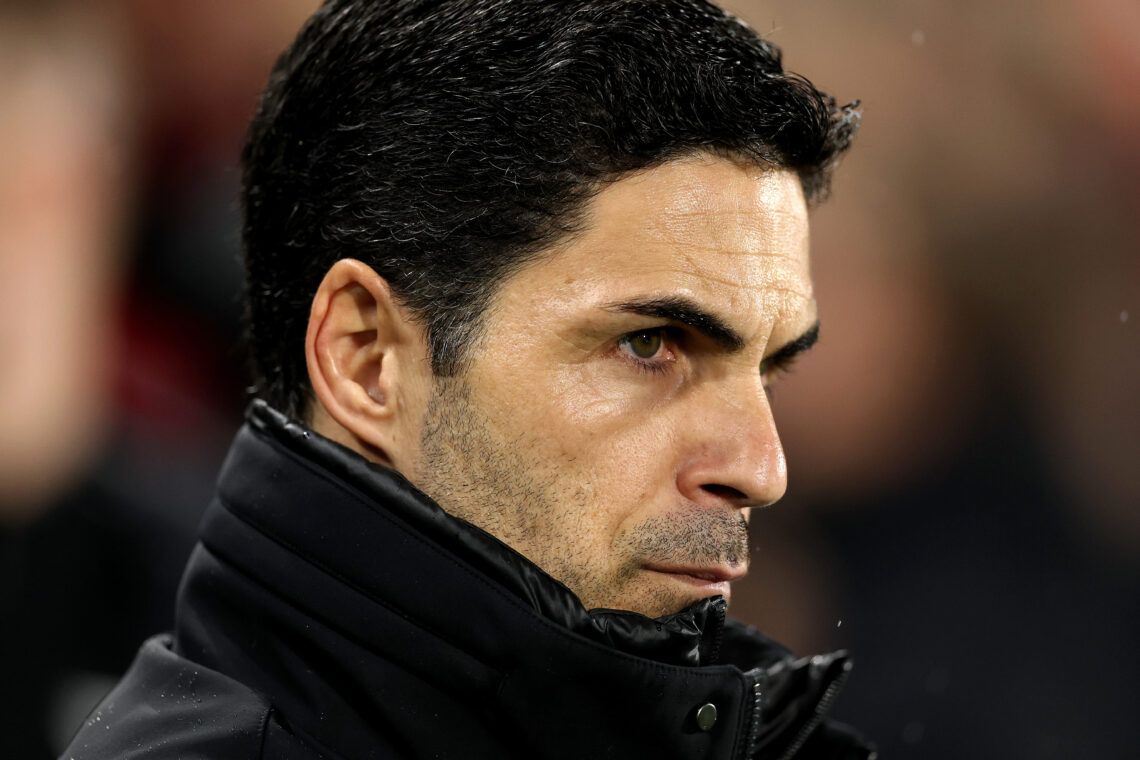Arsenal’s dead transfer window raises big questions. With key absences and a title race ongoing, have they enough—or will squad depth become their downfall?

A Daily Telegraph’s article on Tuesday by Sam Dean argues that Arsenal have emerged from the winter transfer window in a weaker position than when it began. The central claim is that the club’s failure to sign a centre-forward leaves Mikel Arteta reliant on Kai Havertz as the sole senior striker, with limited attacking depth behind him.
But does this assessment provide a full and fair picture of Arsenal’s situation?

There is no denying that Gabriel Jesus’s injury was a blow, and Arsenal’s inability to bring in reinforcements raises serious concerns about squad depth for the final months of the season.
The comparison drawn between Arsenal’s attacking options and Liverpool’s—who boast a wealth of forwards—underlines the challenge ahead.
However, the suggestion that Arsenal’s squad is now significantly weaker than before the window closed ignores key contextual factors.

For one, while Havertz is Arsenal’s only fit senior centre-forward, his performances this season have demonstrated his ability to thrive in this role.
15 goals in 33 appearances (all competitions) is not an insignificant return, and Arsenal remain the Premier League’s second highest-scoring team, behind only Liverpool, who have relied on Mo Salah to make or net 61% of their Premier League goals this season (21 goals, 13 assists).
Arsenal are not that reliant on a single playmaker or goalscorer. Havertz’s nine in the league represents under 20% of the Gunners’ goals. Add in his assists, and his goal involvement rate is 25%.
Jesus’s contribution in the league before his injury stood at just three goals in 17 appearances. That’s the same number as Gabriel, Thomas Partey and 17-year-old Ethan Nwaneri and just one more than William Saliba, Riccardo Calafiori in his first season in England, and new boy Mikel Merino.
The idea that Arsenal are walking a “thin tightrope” also relies on the assumption that injuries will continue to deplete Arteta’s options but not Liverpool’s, but this remains speculative. Worrying, but speculative, nonetheless. Sure, Havertz could get injured. But so could Salah.
Arsenal’s decision not to panic-buy is framed as a failure, when in reality, it points to a more disciplined transfer strategy.
The article acknowledges that Arsenal attempted moves for Benjamin Šeško and Nico Williams, but these were never realistic mid-season signings.

Similarly, Ollie Watkins was pursued, but Aston Villa’s change in stance after a Saudi bid for Jhon Durán altered the market dynamics.
Arsenal could have overpaid for a short-term fix, but instead opted to preserve their limited resources for summer deals, including a pre-planned move for Martín Zubimendi, who they have been trying to sign for two seasons.
Similarly, Šeško has an agreement to leave RB Leipzig for €60m this summer and seems likely to be Arsenal-bound.

What the article also underplays is Arsenal’s broader squad strength. While Bukayo Saka’s absence is a concern, he will return.
In the meantime, Arsenal still have Leandro Trossard, Gabriel Martinelli, and Raheem Sterling to provide width, while Ethan Nwaneri’s emergence adds further depth. Two of his three league goals have come since Saka’s injury. Admittedly, Sterling isn’t offering much, but he has started to show some spark beneath his shattered confidence.
Unlike in past seasons, Arsenal’s squad is built with adaptability in mind, and Arteta’s tactical flexibility allows him to mitigate some of the perceived weaknesses. Arsenal have 15 different Premier League goalscorers this season. Liverpool? 11.

The wider argument that Arsenal’s inability to sign a forward has made them “significantly weaker” is ultimately too reductive from the Telegraph’s headline writer. A transfer window should be judged not just on immediate impact, but on its alignment with a club’s long-term strategy.
Arsenal’s refusal to compromise their squad-building philosophy is a sign of maturity rather than mismanagement. At least, that’s what I’m telling myself today.
Yes, Arsenal are taking a risk by relying on Havertz to carry the frontline, but given the alternatives, this is not the worst course of action.
The real test is not whether Arsenal are weaker today than they were just last month—it is whether they are strong enough to finish the season where they want to be.
